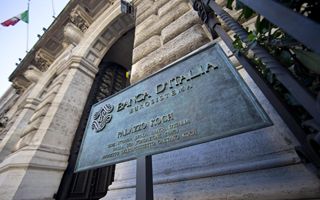(Finance) – The risks to financial stability deriving from the activity of Italian mutual funds “they are confirmed overall contents“. This was stated by the Bank of Italy in the second Financial Stability Report of 2024.
In the second and third quarters of 2024 the heritage of open mutual funds managed by Italian companies and groups has reached 629 billion euros, also thanks to positive net inflows (about 3.5 billion). Net subscriptions in the bond fund segment, which began with the rise in market yields, more than offset net outflows in the other segments. Net inflows continued to be negative for funds that meet environmental, social and corporate governance (ESG) sustainability criteria.
In the first half of the year it is increased exposure overall of Italian and euro area funds towards the Italian bond markets; the sector’s investments play an important role especially in the segment of non-financial companies, of which they hold approximately one third of the outstanding bonds. The share in the government bond market is approximately one tenth.
Between January and August the liquidity risk resulting from reimbursement requests particularly high has remained stable for non-equity sub-funds; within these, the assets of vulnerable funds remain at low levels (1.9 percent of the total). An analysis of the liquidity stress tests conducted by the managers of a sample of vulnerable funds has highlighted areas for improvement on the models and scenarios used, it is underlined.
In June 2024 the heritage managed by alternative investment funds (AIFs). Italians have exceeded 50 billion (around 12 percent of the assets of Italian funds), above all thanks to the growth of the segment of funds that invest in the risk capital of unlisted companies (private equity) which accounts for almost half of the assets. The investors in the new AIFs established in this period are almost exclusively Italian, mainly insurance companies and pension funds.
THE risks deriving from the use of financial leverage by Italian securities AIFs are maintained contents: leverage remains at low levels (108 percent) and below the euro area average (122 percent). The indirect leverage of private equity funds, attributable to the indebtedness of subsidiaries, decreased slightly (to 53 percent of the sector’s net assets). Liquidity risks also remain limited.
